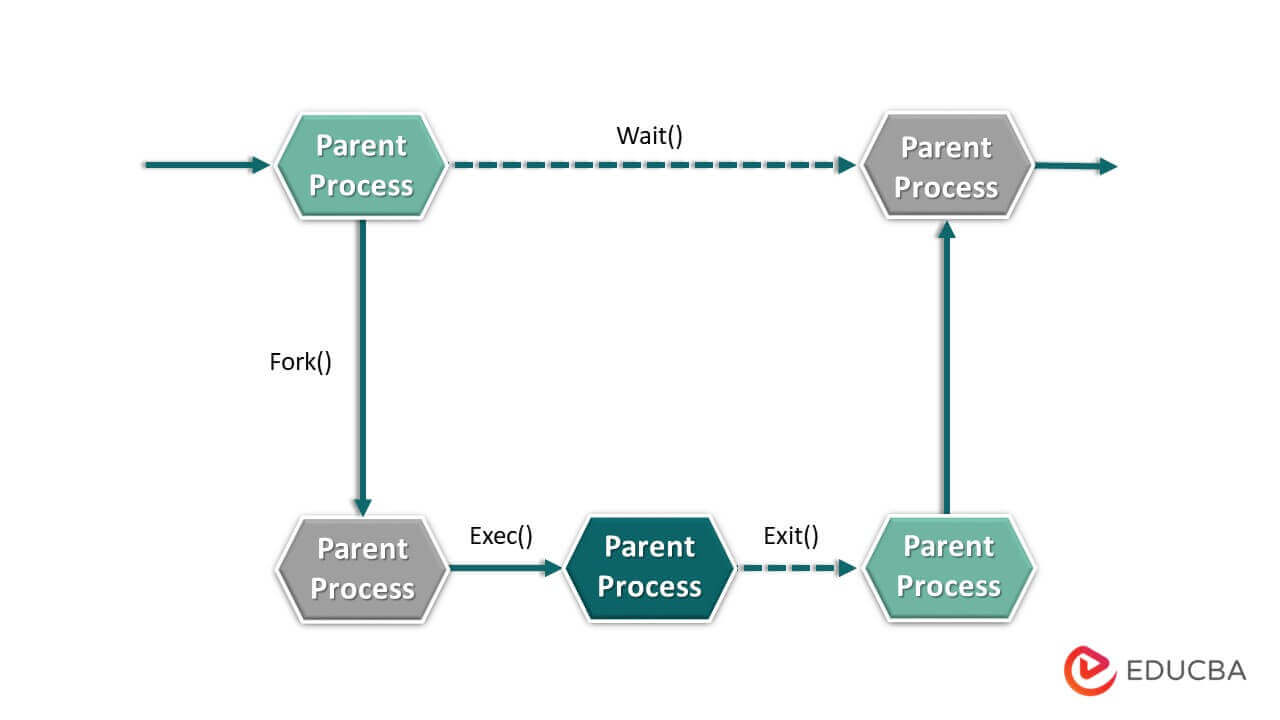A zombie process is an inactive computer process that has become “dead” between execution and termination. It is the result of a process that has finished its execution, but the parent process still has the status of the process marked as running. The process cannot be killed as it has already terminated, but the parent process does not realize this and still retains some processing resources.
The term zombie process was first coined in 1978 in Brian W. Kernighan and Dennis Ritchie’s classic book The C Programming Language, and is derived from the concept of a zombie in folklore: an animated corpse that continues to roam and create havoc after it has been killed.
Zombie processes can potentially cause significant negative effects in a computer system. They cannot be killed through normal methods, Taking up precious RAM and system resources; even worse, zombie processes can lead to system crashes if they cause the system to run out of memory.
There are a few online tools available to help identify and eliminate zombie processes. In Linux and Unix-like operating systems, these include the ps command with the -Z flag to find zombies; the pkill command, which terminates processes by name; and the top command to identify and kill processes by their ID. On Windows, the tasklist command is used to list processes and their status, allowing users to spot suspended or zombie processes.
Zombie processes can be prevented by enabling proper parent-child communication so that once a process ends, the parent process is also notified. It is also important to monitor processes and ensure that they do not exceed their expected running times.






